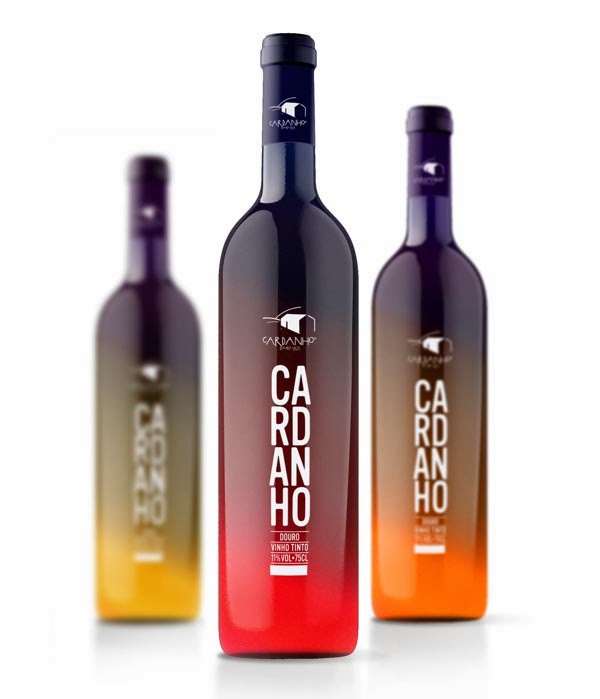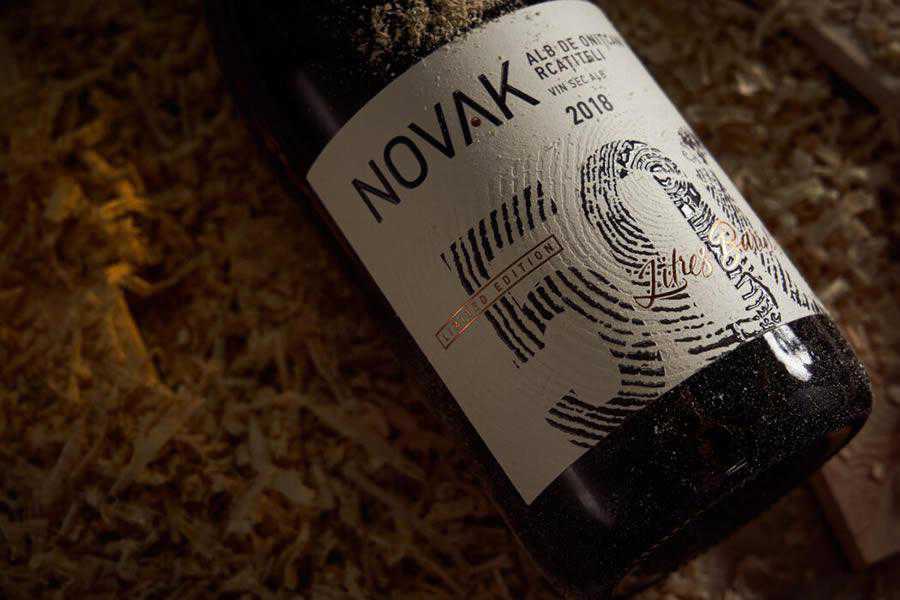What are the best typography used for wine labels?
by Admin
Posted on 06-12-2023 06:00 PM

Visual effects are used to add depth to your designs, whether specifically on typography or on any graphical depiction. They look stunning if used moderately and with balance. Excessive effects appear chaotic. Drop shadow techniques are used on vintage wine labels especially under a text to give it charisma and character rather than a meagre look. It is a visual effect used to suggest the object above is casting a shadow beneath. Shadow doesn’t need to be plain, it can be blurred or contain diagonal lines. Double line borders suggest a sense of protection, something precious, and gives a sense of illusion with mind-warping lines and shapes if repeated often on a single label.

Your wine label style should match your brand identity and your core audience. Examples of styles you could aim for include contemporary, minimalist, elegant, or traditional label style. Wine label styles are created by skillfully combining typography, imagery, and the chosen finishes. The wine label design must be able to catch the wine shopper’s attention and stand out from the other labels. Adapting original graphics that somehow are out of the ordinary, by utilizing layout, colors, paper, or finishes, becomes vital.
Now that you're aware of the mistakes you should avoid during wine label designing and printing, let's look at how you can achieve the perfect label: when designing your wine label, have a clear idea of the audience you're trying to reach. Three aspects that matter include colour, typography and style. When choosing a colour scheme, make sure it pops on the bottle. Red wines usually have dark and deep labels, while white labels tend to go in for lighter hues. On the other hand, rose wines usually have light pink tinted labels. You can make your label playful if you're offering sparkling wine or bubbly.
Who are my target customers?
Before you start designing your wine label, you need to know who you are designing for.
 Who are your ideal customers? what are their preferences, tastes, and values? what kind of wine do they like and why? how do they choose wine and where do they buy it? these questions will help you figure out your buyer persona and customize your design accordingly. For example, if you are targeting young and adventurous wine drinkers who like to try new things, you might want to use bright colors, funky fonts, and awesome graphics that grab their attention and reflect their style.
Who are your ideal customers? what are their preferences, tastes, and values? what kind of wine do they like and why? how do they choose wine and where do they buy it? these questions will help you figure out your buyer persona and customize your design accordingly. For example, if you are targeting young and adventurous wine drinkers who like to try new things, you might want to use bright colors, funky fonts, and awesome graphics that grab their attention and reflect their style.
‘research shows that 64 percent of consumers try new products because the packaging catches their eye,’ says vanita marzette, senior product manager for wine and spirits at avery dennison. ‘you have about three seconds to catch a consumer's eye at the shelf, which makes packaging and label design crucial. Choosing label materials that help you stand out can greatly impact whether a consumer grabs your bottle. ’however, according to a recent wine market survey, 36 percent of us consumers said they are confused by wine labels. Seventy-five percent said that even when they like a wine, they usually can't remember its name.
Professional graphic designers insist on using cmyk as opposed to rgb when designing color labels. The colors you choose should have the right typeface to ensure they are legible from a distance. Be careful about the type of label material you use since it can affect the final outcome depending on the colors you choose. For example, reflective labels can make some colors hard to read from a distance especially if you choose to use metallic lettering. When choosing color, consider the psychological interpretation. Different colors exude different reactions and emotions. When it comes to texture, be careful to choose the right label materials that would suit a wine label.
Although the shape and color of the bottle are very relevant aspects in the design of a label, there is another one that is increasingly being explored by wine brands. This is the texture of the label. A label that, for example, has a relief in the area of the wine's name, can end up making consumers choose your wine over another. Another great option is to use different materials to manufacture your labels. A good option could be to use recycled paper for the label of an organic wine or stone paper like the one used by suriol, an organic producer in spain.